Top 5 Tips for Better Indoor Air Quality This Spring
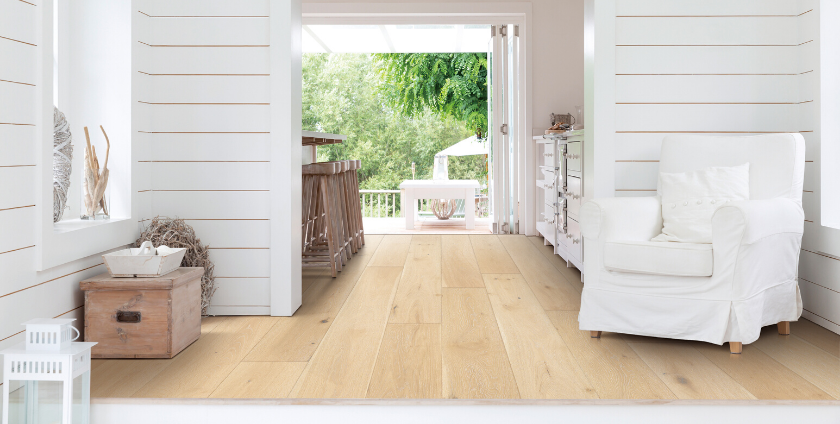
- Tags: Air Purification, air quality, EPA, indoor air quality, NWFA, spring cleaning, VOCs
- Category: Blog
- 0 comment
Spring cleaning. The very thought of this annual ritual has us breathing a sigh of relief as we say goodbye to dreary winter and hello to a refreshed home. Though this may be a time that we up our cleaning game, it’s also a great opportunity to make a few changes that will improve indoor air quality for years to come.
LIFECORE has five easy, value-adding tips to incorporate into your spring cleaning routine for better indoor air quality and a healthier home. Do these and keep your home feeling “springy” all year long.
1. Embrace Green Cleaning Supplies
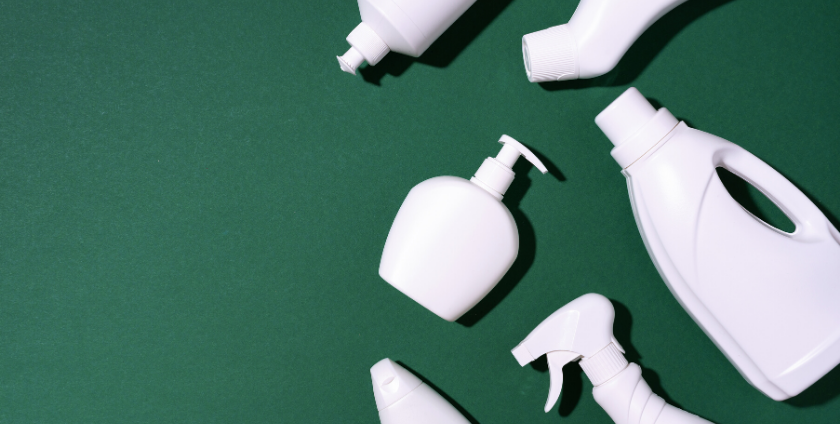
When organic/all-natural cleaning products surged in popularity a few years ago, many consumers were attracted to the idea but found green cleaning supplies to be a bit more expensive and not readily available in supermarkets. Fortunately, retailers have caught on, and it’s easier and more cost-effective than ever to switch to healthy cleaning products.
So why make the switch? According to the EPA, chemically-based cleaning products can “…present several health and environmental concerns. They may contain chemicals associated with eye, skin, or respiratory irritation, or other human health issues. Additionally, the concentrated forms of some commercial cleaning products are classified as hazardous, creating potential handling, storage, and disposal issues for users.”
As if overall safety wasn’t enough, those who have switched to cleaning green sing its praises for benefits such as; being good for the planet, having fewer and more easily-identified ingredients, healthier for allergy, asthma, and migraine sufferers, that they smell fresh and better than chemically-based cleaners, they help your belongings last longer, and of course, natural cleaning supplies promote better indoor air quality.
When cleaning your LIFECORE floors this spring, we recommend cleaners approved for pre-finished engineered hardwoods, like Bona Free & Simple!
The Good Trade is one of many online resources that have published lists of eco-friendly products and common places to find them. Before you embark upon your spring cleaning projects, this is definitely worth looking into.
2. Change and Clean Your Filters
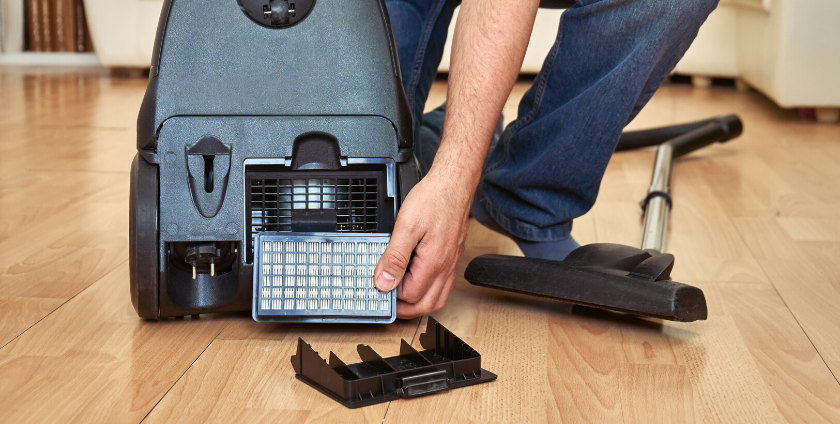
Your HVAC (Heating, Ventilating, and Air Conditioning) system has been working all year long to help keep you warm and cool. Your vacuum cleaner has been diligently ridding your floors of dust and debris, while your exhaust fan is committed to removing moisture and odors from your bathroom and kitchen. If these systems are operating with dirty filters, however, then not only aren’t they able to perform the function we need them for, but they may also reverse their good work by returning dirt, allergens, and toxins to the environment.
And, when it comes to HVAC systems, replacing dirty filters with clean ones will save energy and money.
Manufacturers recommend replacing your HVAC filter every thirty days (whether it looks like it needs it or not) and your furnace filter every ninety days.
If you aren’t already using one, consider switching to a HEPA (High-Efficiency Particulate Absorbing) filter. HEPA filters are known to be superior to standard filters by forcing air through a fine mesh that traps more harmful particles such as pollen, pet dander, dust mites, and tobacco smoke.
Bathroom exhaust fans can be cleaned manually, and it’s recommended that homeowners do so at least once a year (kitchen exhaust fans are a little more complex, and you should seek out model-specific instructions for those). As for your vacuum cleaner, most manufacturers recommend you change the filter every 3-6 months. However, you should consider changing it more frequently, depending on usage and allergies.
And don’t forget your ducts. Many of those airborne toxins and allergens that are drawn into your HVAC system will settle on the air ducts. When the system is turned on, contaminants are pushed out into your home and breathed in by you and your family. While you can keep dirt to a minimum superficially, it is recommended that you use a professional cleaning service to deep clean ducts every five years.
3. Incorporate Natural Air Purifiers into the Home
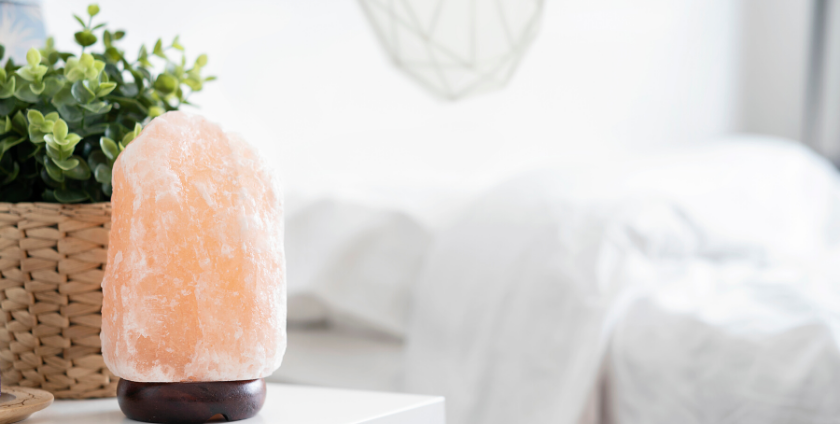
No, you don’t need to purchase a noisy, costly contraption to keep the air clean when nature has provided her own tools to keep your air clean, fresh, and almost toxin-free.
Himalayan salt lamps may be peaceful and decorative to look at, but their benefits extend far beyond aesthetics. The light source producing heat from the inside causes the salt shell to emit negative ions, which do great things for indoor air quality and overall health. Some of the reported benefits include balancing electromagnetic radiation, calming allergies, reducing asthma, cleansing and deodorize the air, boosting blood flow, and promoting relaxation. Himalayan salt lamps range in size and price, with some found on Amazon starting at under $10.
Beeswax candles are 100% bee-made, therefore 100% natural. They are sought-after for improving allergy and asthma symptoms while releasing negative ions to neutralize air pollutants. They also smell nice, mildly evoking the scent of the nectar found in honeycombs. Beeswax candles are relatively inexpensive and are available via most health food stores and online retailers.
Activated carbon is charcoal that underwent an additional heating step in the manufacturing process to make it extremely absorptive, thus highly effective for eliminating toxins. It can also absorbs less than fragrant aromas for air that smells as clean as it is. Activated carbon pellets (available on Amazon and many big box stores) can be placed on a metal tray fully exposed for maximum absorption or kept in breathable bags (like burlap) for a less effective but more attractive approach. Note: Activated carbon charcoal is not to be confused with barbecue charcoal briquettes, which are loaded with toxins, binders, and nitrates and are not intended to absorb.
Houseplants take in carbon dioxide during photosynthesis and convert it into oxygen that is dispersed back into the air. While we learned that in grade school science class, it took a rocket scientist to help us learn all the ways that plants can purify our air. NASA’s Clean Air Study found that many common indoor plants are a natural way of removing toxic agents like benzene, formaldehyde, and trichloroethylene from the air, helping to improve indoor air quality. The study tested 18 common plants, and while they all helped reduce specific toxins, the Florist’s Chrysanthemum and Peace Lily were found to be the two all-around best plants for purifying the air. The study also recommends having at least one plant per 100 square feet of your home for maximum benefits.
4. Attack Mold Where it Lives
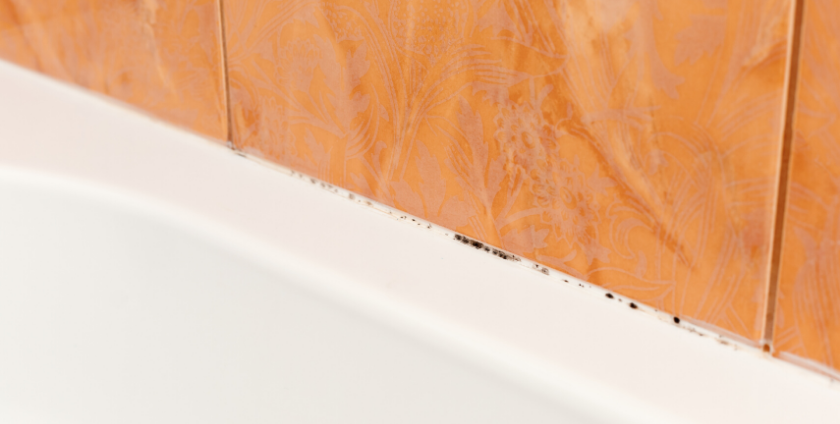
Most homes have some form of mold, usually, the allergenic variety that either causes or worsens allergies, migraines and asthma attacks as well as being genuinely gross. With your home closed up tightly all winter, mold has most likely taken form in damp places like the bathroom and basement.
If you have a serious mold issue, you should always call a professional service. However, a great non-toxic way that you can kill basic allergenic mold is with hydrogen peroxide. Hydrogen peroxide is an anti-fungal, anti-viral, anti-bacterial solution that works its magic on kitchen appliances, bathroom fixtures, floors, walls, and other surfaces. Simply pour 3% concentration hydrogen peroxide into a spray bottle and saturate the moldy surface completely. Let it sit for about 10 minutes then scrub the treated area until the mold is completely gone. Follow-up by wiping the surface down to remove residual mold and its spores.
After you’ve addressed the mold itself, turn your sites on prevention. Since mold can only form with moisture, keep moisture out by filling in cracks or holes in the walls and ensuring that the seal around windows is tight. Run the exhaust fan when showering and mop up any dampness immediately. Ventilation is key to maintaining indoor air quality and keeping mold at bay, so open windows (on sunny days and let the fresh air in.
5. Better Indoor Air Quality Starts from the Ground Up
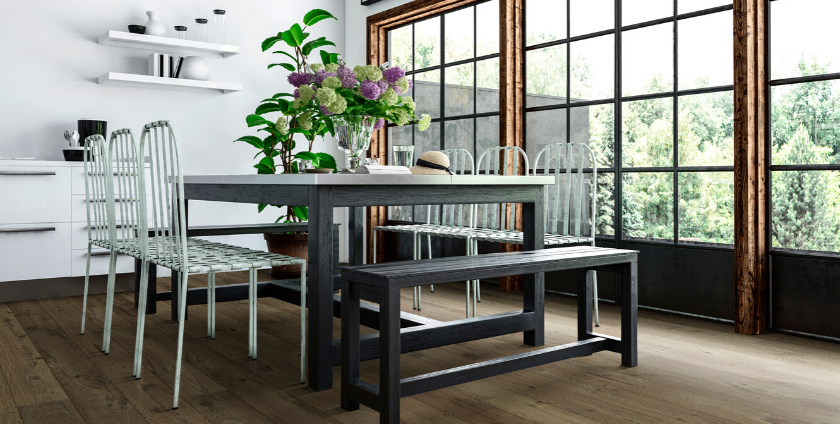
If you have hard surface floors, you probably sweep, mop and vacuum on a regular basis and move furniture periodically to get at dust bunnies. If you have carpeting, however, your regular routine may consist only of vacuuming and spot cleaning. That means it’s crucial for carpets to receive a professional deep cleaning at least twice a year for healthier indoor air quality.
Carpets are known to be hotbeds of allergens and toxins that can literally make us sick.
According to Groovy Green, studies have shown that a carpet can hold up to eight times its weight in dust, dirt, and allergens. And that’s just when it’s dirty. Carpeting is made from chemically-treated fibers that release VOCs into the air. That new carpet smell is an unfortunate reminder that you just spent a lot of money to bring toxins into your home.
One of the healthiest changes that you make to improve your home’s indoor air quality is to replace carpeting with engineered hardwood flooring. Not only are hardwood floors easier to clean and maintain, but according to The National Wood Flooring Association (NWFA), “wood floors have the added benefit of not harboring allergens, microorganisms, or harmful pesticides that can be tracked in from outdoors. In addition, dust, mold, and animal dander contamination is minimal in homes with wood floors, which can significantly improve indoor air quality.”
Not all hardwood floors, however, are created equal. Many engineered hardwoods emit VOCs (Volatile Organic Compounds) like formaldehyde, which are added in the manufacturing process via finishes, coatings, and adhesives. LIFECORE’s ZERO-ADD technology means that our hardwood floors are manufactured with no added formaldehyde, ranking considerably less than the lowest levels deemed safe by law. When it comes to indoor air quality, LIFECORE’s engineered hardwood floors are among the healthiest choices you can make without compromising performance, durability, or design.
You can learn more about LIFECORE floors here.
Leave a Reply
